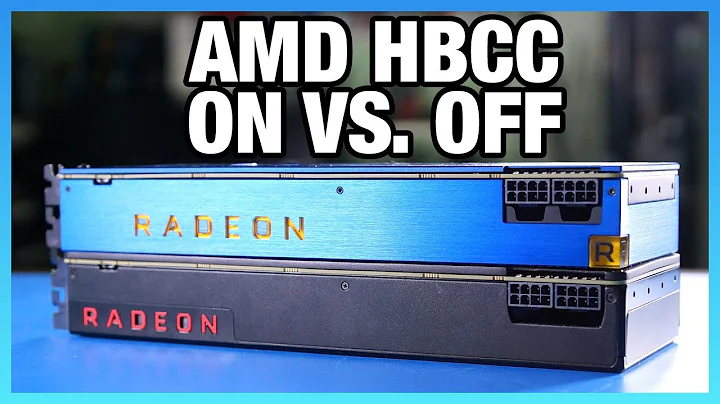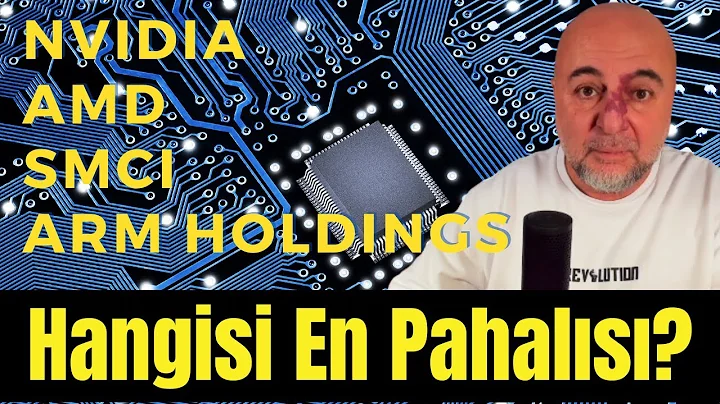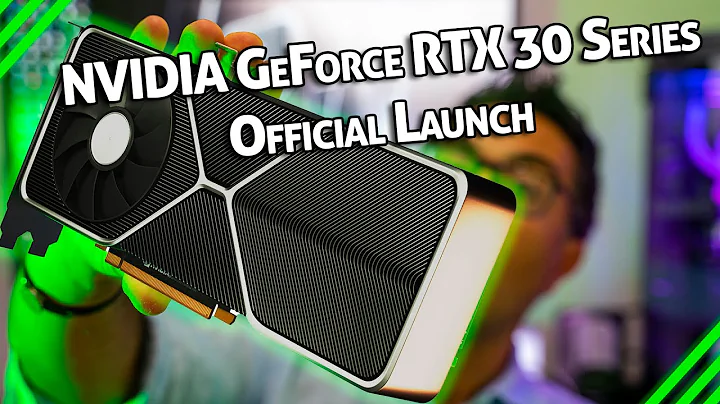Solve Screen Tearing in OBS: Easy Linux Fix
Table of Contents
1. Introduction to Screen Tearing Issues in OBS and Linux
- 1.1 What is Screen Tearing?
- 1.2 Common Occurrence in OBS and Linux
2. Understanding the Causes of Screen Tearing
- 2.1 Hardware Factors
- 2.2 Software Configurations
3. Exploring the NVIDIA X Server Settings
- 3.1 Accessing the NVIDIA X Server Settings
- 3.2 OpenGL Settings and Their Impact
4. Troubleshooting Screen Tearing Issues
- 4.1 Identifying the Problematic Setting
- 4.2 Step-by-Step Solution: Disabling Allow Flipping
5. Practical Demonstration and Results
- 5.1 Visual Representation of Screen Tearing
- 5.2 Effectiveness of Changing Settings
6. Conclusion and Final Thoughts
- 6.1 Recap of Solutions
- 6.2 Importance of Regular Configuration Checks
Introduction to Screen Tearing Issues in OBS and Linux
Screen tearing is a common nuisance for users of OBS (Open Broadcaster Software) and Linux operating systems. This section will provide an overview of this issue and its prevalence in these environments.
What is Screen Tearing?
Screen tearing refers to a visual anomaly where the screen displays fragments of multiple frames in a single frame. It results in a disjointed and unsightly viewing experience, particularly noticeable during motion.
Common Occurrence in OBS and Linux
Many OBS and Linux users have reported encountering screen tearing during their Recording or streaming Sessions. Despite its prevalence, the root causes of this issue can be elusive without proper investigation.
Understanding the Causes of Screen Tearing
To effectively address screen tearing, it's crucial to delve into its underlying causes. This section will explore both hardware and software factors contributing to this phenomenon.
Hardware Factors
Certain hardware configurations, particularly graphics cards, play a significant role in screen tearing. NVIDIA graphics card users, in particular, may encounter specific challenges due to their hardware architecture.
Software Configurations
Apart from hardware considerations, software configurations can also influence the occurrence of screen tearing. Understanding how settings within OBS and Linux interact with the underlying hardware is essential for troubleshooting.
Exploring the NVIDIA X Server Settings
The NVIDIA X Server Settings utility provides users with granular control over their graphics card settings. In this section, we'll navigate through this tool to identify Relevant configurations.
Accessing the NVIDIA X Server Settings
Navigating to the NVIDIA X Server Settings application is the first step in addressing screen tearing. This utility offers various options for fine-tuning the graphics card settings to optimize performance.
OpenGL Settings and Their Impact
Within the NVIDIA X Server Settings, OpenGL settings hold particular relevance concerning screen tearing. We'll examine the implications of these settings and how they relate to the observed issues.
Troubleshooting Screen Tearing Issues
With a foundational understanding of the causes and relevant settings, users can now proceed to troubleshoot screen tearing effectively.
Identifying the Problematic Setting
Pinpointing the specific setting responsible for screen tearing is crucial for implementing an effective solution. We'll Outline steps to isolate and address the problematic configuration.
Step-by-Step Solution: Disabling Allow Flipping
A practical solution to mitigate screen tearing involves disabling the "Allow Flipping" setting within the OpenGL configurations. We'll guide users through this process to ensure seamless implementation.
Practical Demonstration and Results
To validate the effectiveness of the proposed solution, we'll provide a visual demonstration of screen tearing and its resolution post-configuration changes.
Visual Representation of Screen Tearing
Visual aids will accompany our explanation, depicting the stark difference in screen output before and after applying the recommended settings adjustment.
Effectiveness of Changing Settings
Through comparative analysis, users will witness the tangible improvements in screen display quality following the adjustment of relevant configurations.
Conclusion and Final Thoughts
In conclusion, addressing screen tearing in OBS and Linux environments necessitates a combination of hardware knowledge and software configuration tweaks.
Recap of Solutions
We'll summarize the key takeaways and actionable steps outlined throughout this article, ensuring Clarity and ease of reference for readers.
Importance of Regular Configuration Checks
Lastly, emphasizing the importance of periodic configuration checks will empower users to preemptively identify and resolve potential screen tearing issues.
Highlights:
- Understanding the root causes of screen tearing in OBS and Linux.
- Navigating the NVIDIA X Server Settings for effective configuration.
- Practical step-by-step solutions to mitigate screen tearing.
- Visual demonstrations showcasing the impact of configuration changes.
FAQs:
Q: Can screen tearing occur on any operating system?
A: While screen tearing is more commonly associated with Linux systems, it can potentially occur on any operating system depending on various factors such as hardware configuration and graphics settings.
Q: Are there alternative solutions to address screen tearing?
A: Yes, apart from adjusting settings within the NVIDIA X Server, users can explore alternative graphics drivers or utilize synchronization technologies like V-Sync to mitigate screen tearing issues.
Q: Will disabling "Allow Flipping" impact gaming performance?
A: Disabling "Allow Flipping" may have minimal to negligible effects on gaming performance for most users. However, it's advisable to monitor performance post-adjustment for any noticeable changes.
 WHY YOU SHOULD CHOOSE TOOLIFY
WHY YOU SHOULD CHOOSE TOOLIFY




































